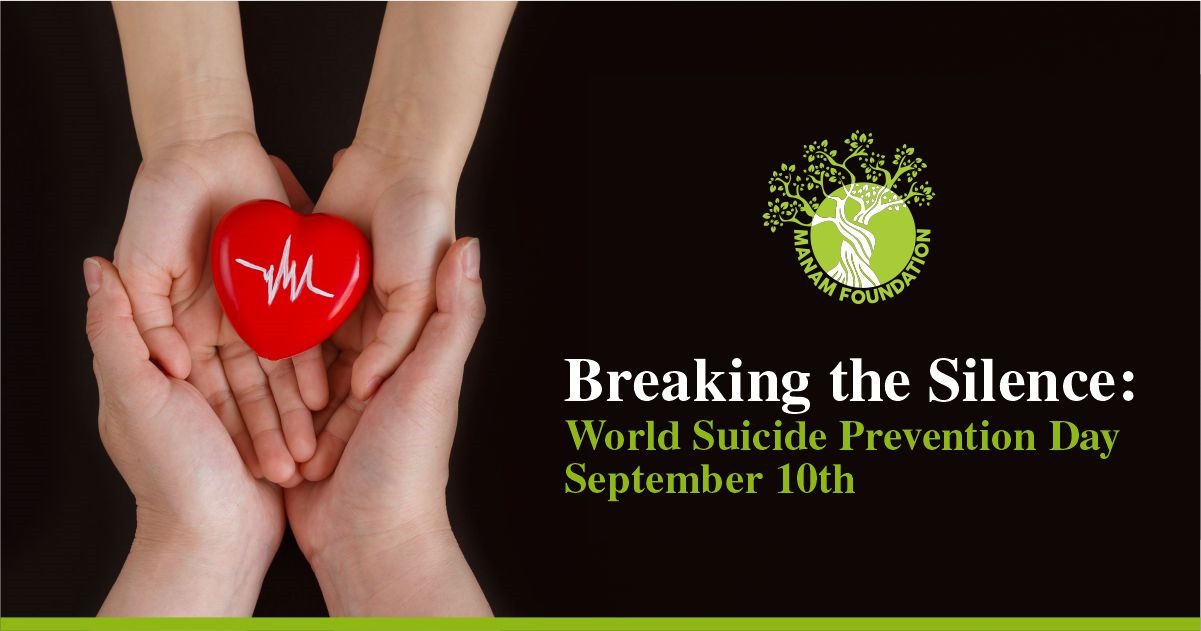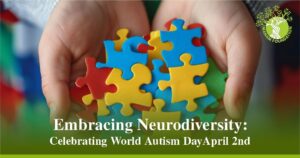Breaking the Silence: World Suicide Prevention DaySeptember 10th
Suicide, a trail of grief, guilt, and unanswered questions, and more than just an act of taking one’s life. It has become a global public concern affecting individuals, families, and communities worldwide.
Understanding suicide
Suicide is a deeply complex and tragic phenomenon, often stemming from a combination of psychological, social, and environmental factors. It represents the ultimate expression of despair and hopelessness- a desperate attempt to escape unbearable pain. Although each individual’s experience is unique, mental health disorders such as depression, anxiety, and prolonged daily stress can abruptly increase the risk of suicide, as can experiences of trauma, loss of life, and social isolation. I believe it is also crucial to recognize that suicidal thoughts and behaviors are not a sign of weakness but rather an expression of profound emotional
distress and helplessness. Suicide has become very prevalent across all age groups, especially for young adults, yet it remains shrouded in stigma and misunderstanding. This can exacerbate feelings of shame and isolation, hindering individuals from seeking help.
The Global Impact of Suicide
According to WHO estimates, more than 7,00,00 suicides are registered worldwide every year and this keep increasing year by year. In India, the suicide rate is particularly alarming, with approximately 1,50,000 suicides reported annually. Suicide is one of the fourth leading causes of death globally among individuals aged 15-29. The global suicide rate is twice as high among men than women highlighting the importance of men’s mental health and emotional expression.
World Suicide Prevention Day
I believe for raising awareness and promoting prevention efforts for suicide, World suicide prevention Day serves as a critical opportunity to shine light on the subject of suicide. It is observed every year on September 10th as an initiative of the International Association for Suicide Prevention (IASP) and the World Health Organisation( WHO), to raise awareness about the far-reaching consequences of suicide. The IASP’s 2003 newsletter states “This will be the day for all the people on the earth to recognize that suicide is an important problem, and if the World Health Organisation has decided to endorse this celebration it must mean the dimension is huge, and no one is immune from it”. In 2004, WHO again decided to co-sponsor the day and World Suicide Prevention Day became an annual event. Through a myriad of activities, events, and initiatives, this day aims to.
1. Raise awareness about suicide as a global public health issue.
2. Challenge stigma and misconceptions surrounding stigma and mental illness.
3. Foster empathy, understanding, and support to those affected by suicide.
4. Provide education and resources for suicide prevention and intervention.
A Collective Responsibility towards Suicide Prevention
Suicide prevention is a shared responsibility requiring a comprehensive and coordinated effort from everyone. Some common activities and events that occur on World Suicide Prevention Day to raise awareness about suicide prevention include:
1. The ICall Psychosocial Helpline number 9152987821 operating from Monday to Saturday, from 8:00 am to 10:00 pm provided by Tata Institute of Social Sciences(TISS) offers emotional support, counseling, and guidance on a wide range of issues, including mental health, relationships, stress, and coping strategies.
2. Organizations, mental health advocates, and government agencies launch public awareness campaigns to educate the community about suicide prevention strategies, warning signs of suicide, and also available support services.
3. Candlelight Vigils are often held to honor the memory of those who have lost their lives and to show support for individuals struggling with suicidal thoughts or behaviors.
Our Responsibility
1. Checking on our friends and daily members regularly.
2. Understanding that showing a happy social life is not always equal to a good mental state.
3. Controlling access to lethal means, medications, and drugs, can help prevent impulsive suicide attempts.
4. Education initiatives aimed at increasing mental health literacy and suicide awareness in schools and universities to recognize warning signs, and seek help for themselves or others in crisis.
5. Fostering open and honest conversations about suicide and reducing the shame associated with mental health struggles across all ages and genders.
By raising awareness, building supportive communities, promoting access to care, and empowering individuals, we can create a world where every life is valued, and every individual feels supported, connected, and hopeful for the future. Together, we can break the silence surrounding suicide, offer hope to those in crisis, and work towards a future where suicide is no longer a leading cause of preventable death.
Contact us today!
Follow Us On:-
https://www.facebook.com/manammindfreehttps://www.instagram.com/manammindfree/
https://twitter.com/reachmanam
https://www.linkedin.com/in/manam-foundation-15243a191/





